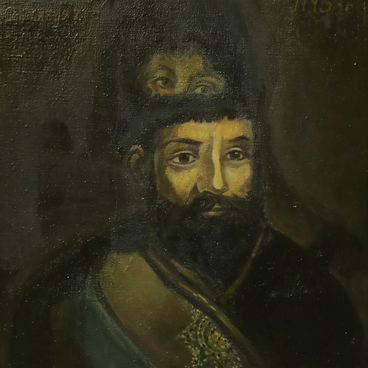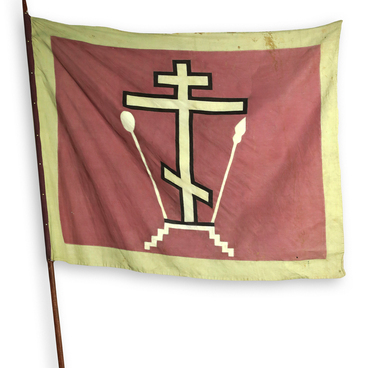After the invention of gunpowder and guns, cannons began to be cast.
There are various types of long-range weapons. The mortar was used for high-angle firing with a steep trajectory against defensive structures and troops located behind fortress walls and similar shelters. The arquebus is a generic term for a variety of artillery pieces other than mortars. It was used in the Russian army in the 15th–18th centuries. These guns had calibers ranging from 1 to 12 inches and lengths from 10 to 70, and sometimes even 110 calibers.
The earliest firearms were smooth-bore tubes with a closed breech end and a flash channel. It was loaded from the muzzle. This design remained in use until the second half of the 19th century.
Initially, the barrel was created by welding forged iron strips with lead, which were then secured with copper hoops. The breech end was produced separately. This technique was only suitable for the production of small firearms and could not guarantee their reliable operation.
A signal or salute cannon was used on estates to fire signal shots or salutes.
The displayed cannon was found in the Ileksky District of Orenburg Oblast. It has a brand that reads “13 and ¾”.
This cannon had the following principle of operation. After firing, the gun had to be returned to its original position and pointed in the desired direction. Then, the barrel was cleaned using a special wooden pole with a brush attached to it, which helped to remove any gunpowder residue. This was done with the help of a wet sponge, which was soaked in a solution of water and vinegar. This was done to extinguish any smoldering remains from the previous shot. Once the barrel was cleaned, the gun was aimed at the target. A projectile was inserted into the barrel. A fuse was inserted into the touch hole and ignited, using a smoldering wick. As a result, the projectile would be propelled out of the cannon.
The rate of fire of a cannon ranged from one shot per minute (for cannonballs and grenades) to three to five shots in two minutes (for buckshot). The signal cannon was loaded with a cloth soaked in a flammable mixture. When fired, the burning cloth would fly out. The distance of the cloth’s flight ranged from 100 to 200 meters, depending on the weather and wind strength.




